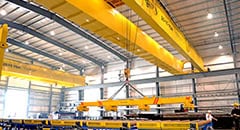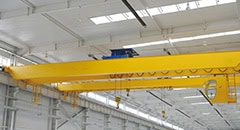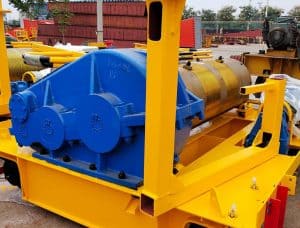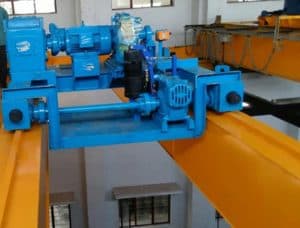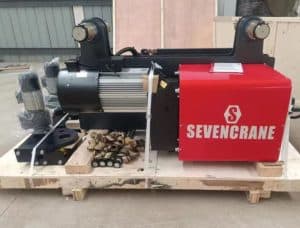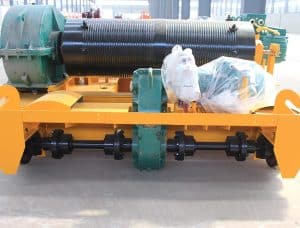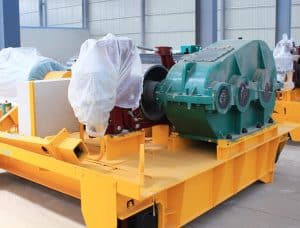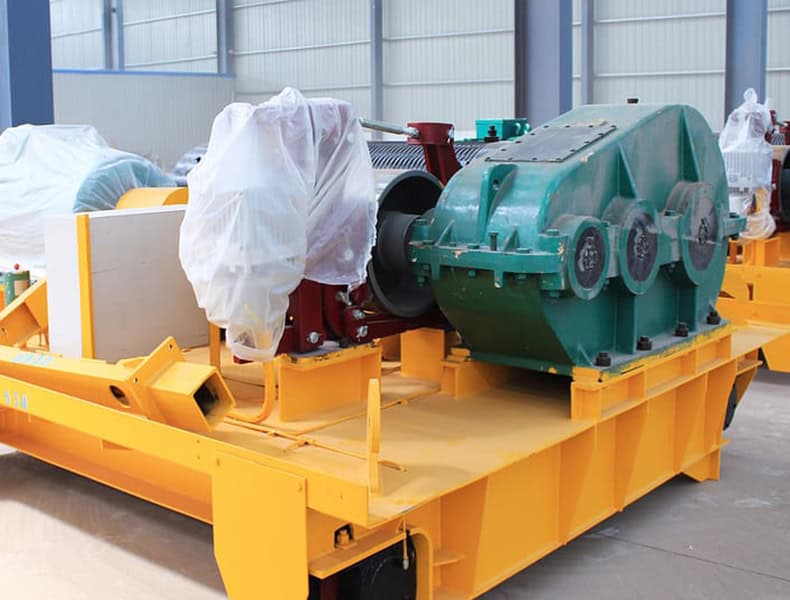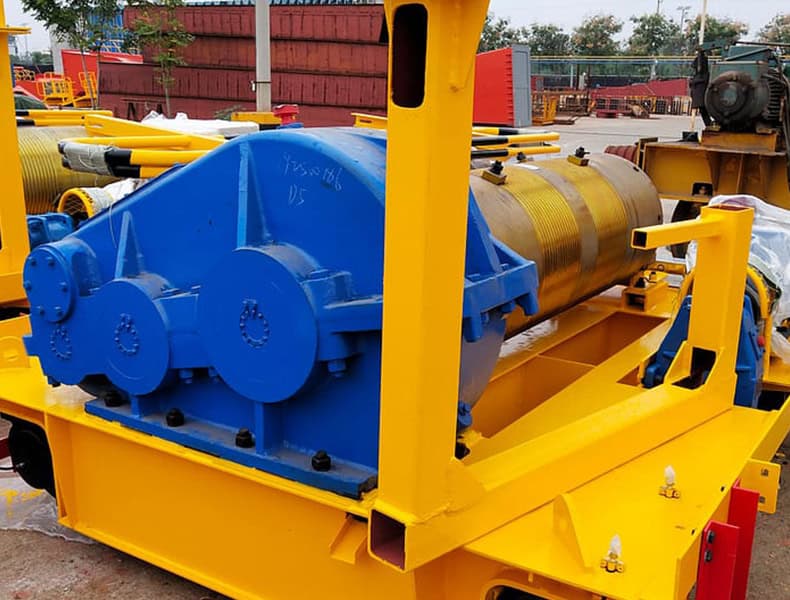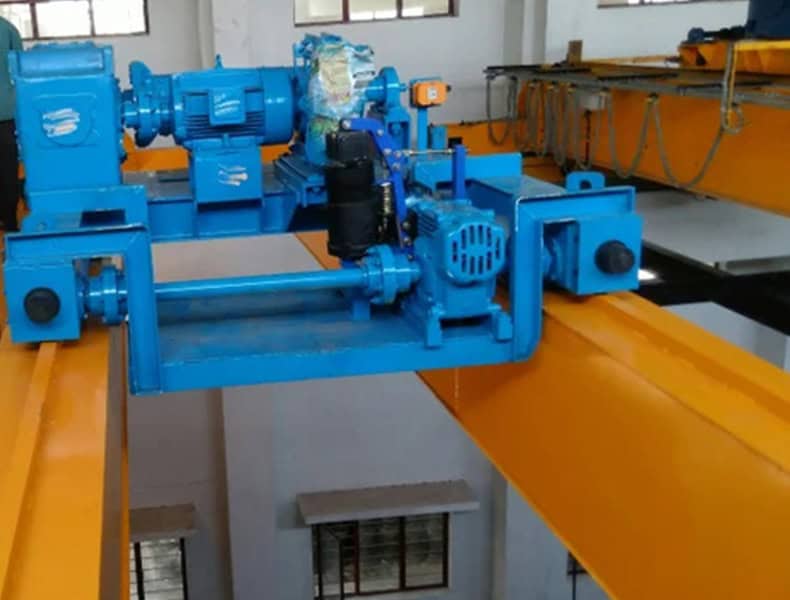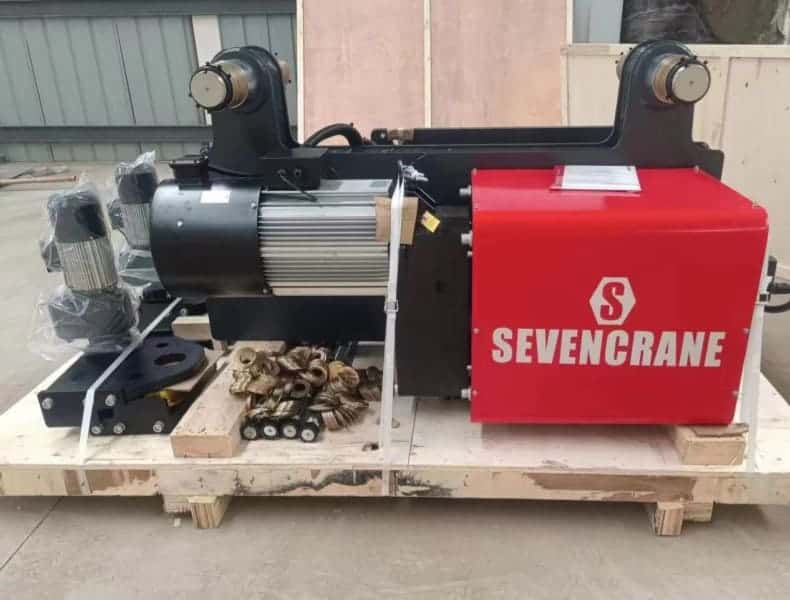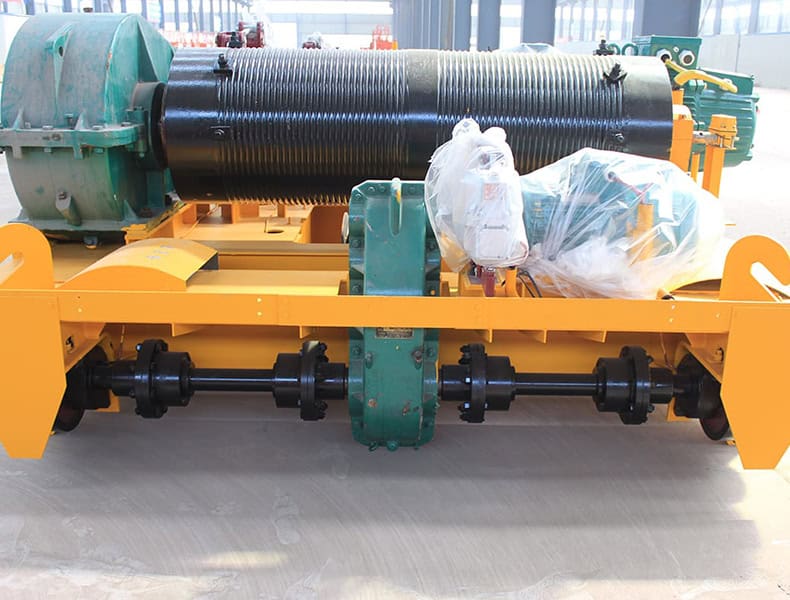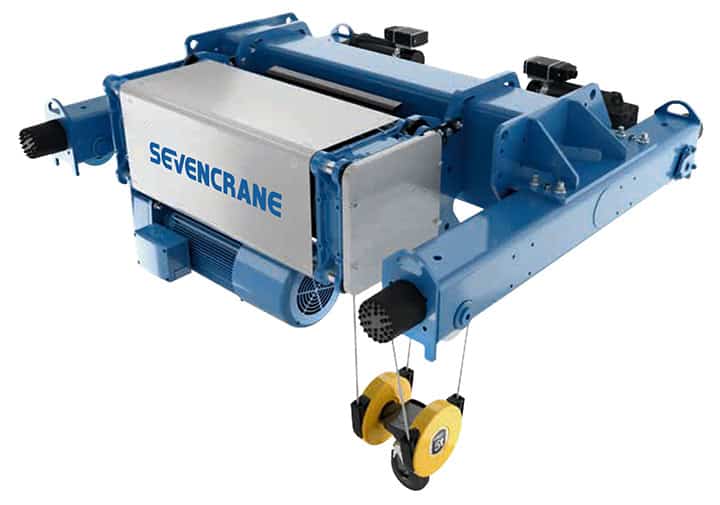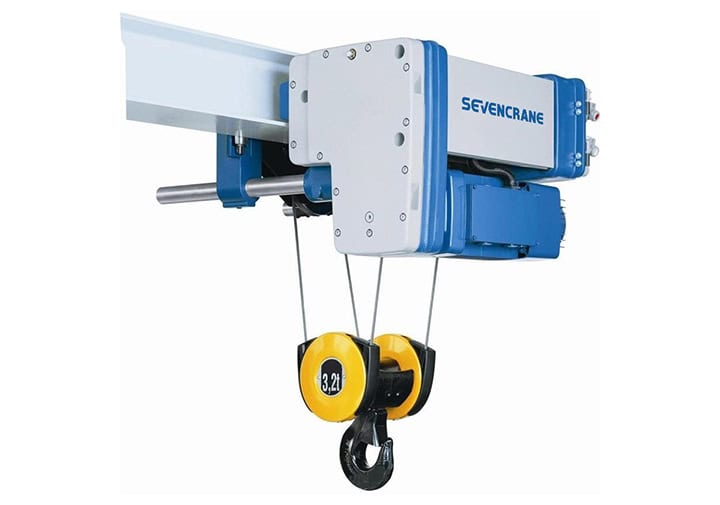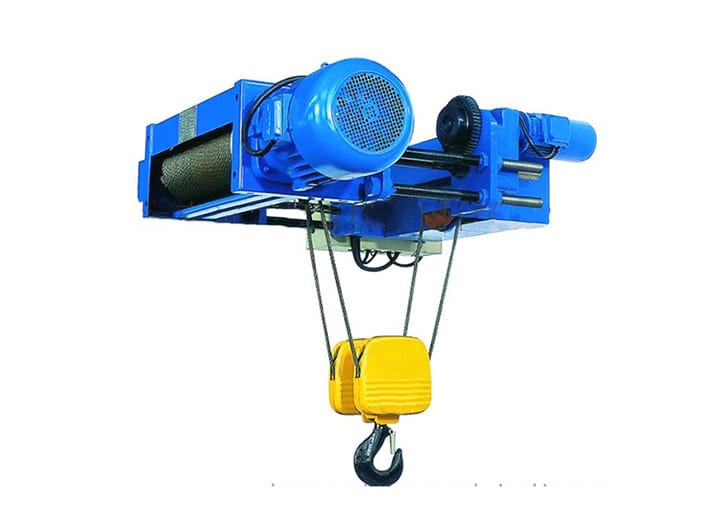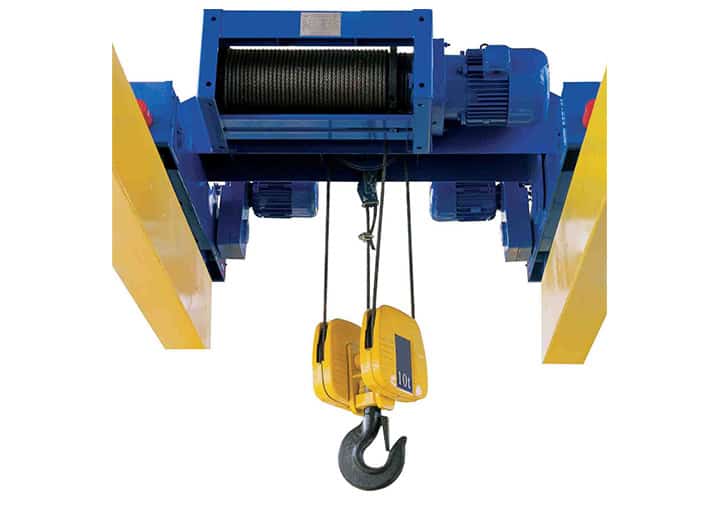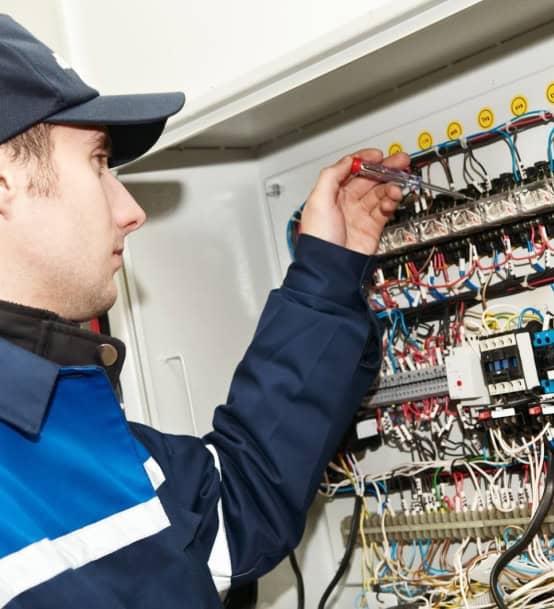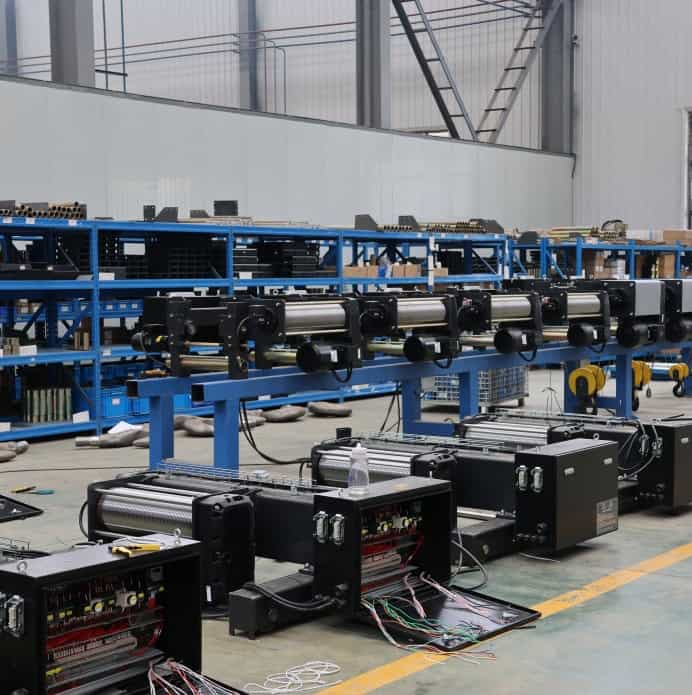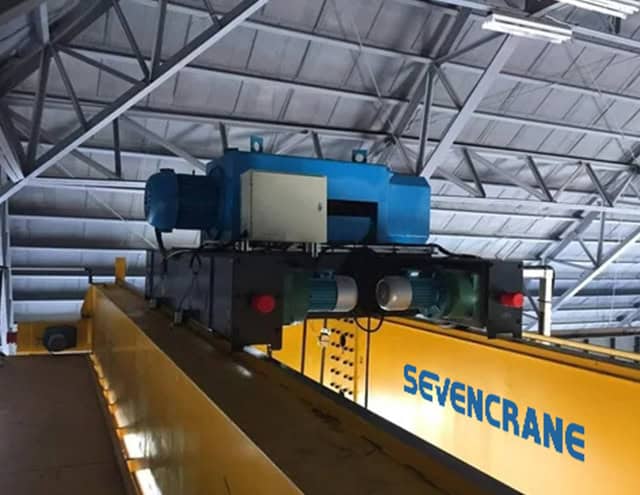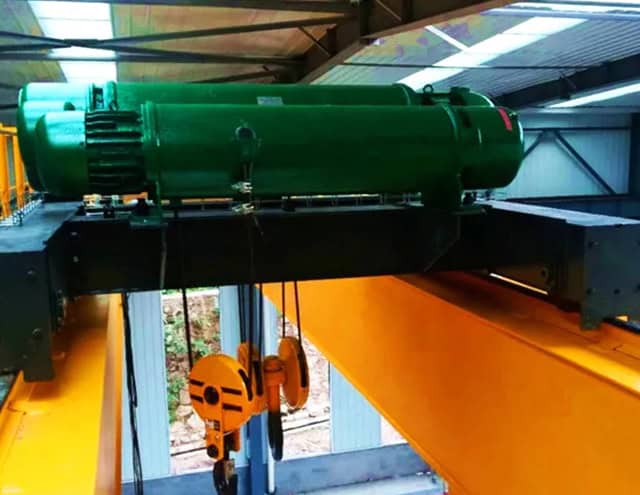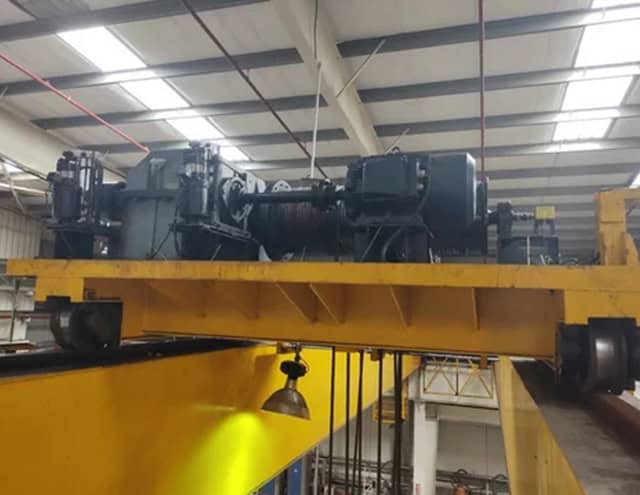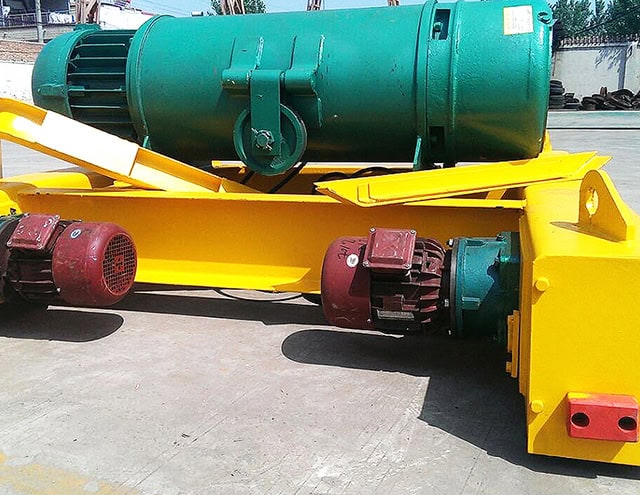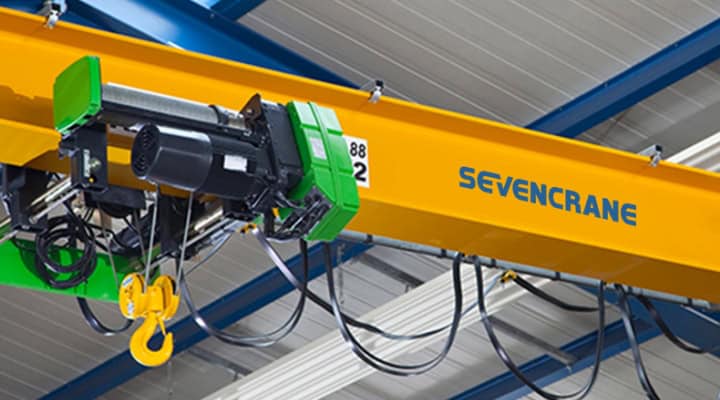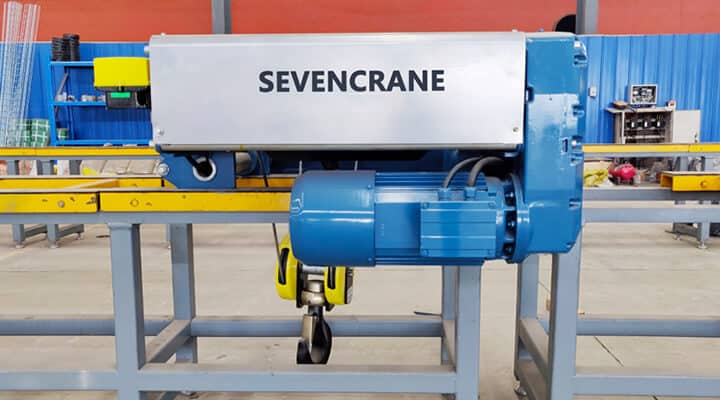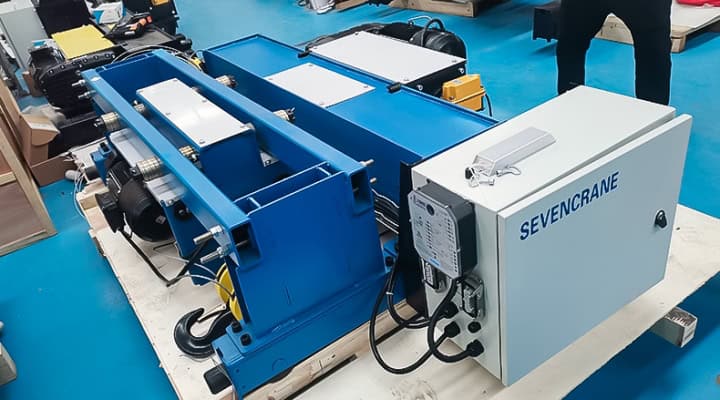Обзор
→Hoist trolleys are available in various designs and configurations to suit different applications. Some trolleys are manually operated, requiring the operator to physically push or pull the load along the beam. Others are motorized and can be controlled remotely or through a pendant control station. One of the key advantages of a hoist trolley is its ability to transport heavy loads with relative ease. By utilizing the overhead beam, it eliminates the need for floor-level transport and reduces the risk of obstacles or obstructions. Hoist trolleys can be used to move loads horizontally across long distances or to position them precisely at a desired location.
→Safety is a critical consideration when using hoist trolleys. It is important to ensure that the trolley is properly rated for the load being lifted, and that the beam or track it travels on is structurally sound and capable of supporting the weight. Operators should be trained in the proper operation and use of the trolley, and regular inspections and maintenance should be conducted to ensure its safe and reliable operation. Electric Hoist Trolleys produced in SEVENCRANE are essential functional mechanisms running on the beam of cranes to realize the operation in both the horizontal and vertical directions. It has various types, such as CD1 MD1 Wire Rope Electric Hoist, Explosion-Proof Electric Trolley Hoist, Insulation electric hoist, Monorail Hoist, European Wire Rope Electric Hoist, etc.
Key Features
- High Load Capacity: Hoist trolleys are engineered to lift and transport heavy loads with ease, ensuring high efficiency and reliable performance even in demanding industrial environments.
- Durable Construction: Built from high-grade materials like reinforced steel, our hoist trolleys offer exceptional strength and resistance to wear, guaranteeing a long operational life with minimal maintenance.
- Smooth Operation: Precision engineering ensures that the trolley moves smoothly along beams, providing stable and accurate positioning, which is critical for handling sensitive or valuable materials.
- Compact & Space-Saving: The compact design allows hoist trolleys to operate in tight and confined spaces without sacrificing performance, making them perfect for factories, warehouses, and restricted areas.
- Automated Control Options: Available with advanced remote control and automated operation features, hoist trolleys enable safer, more convenient load handling while improving operational efficiency.
- Safety Mechanisms: Equipped with multiple safety features, including overload protection, limit switches, and emergency stop functions, ensuring maximum protection for operators and equipment during use.
- Customizable Designs: Tailored to meet different project requirements, hoist trolleys can be customized in terms of capacity, control mode, track type, and material, providing flexibility for various industries.
Приложение
◉Factories & Warehouses: Hoist trolleys streamline material handling processes in factories and warehouses, enabling quick and efficient movement of goods during manufacturing and storage.
◉Shipyards & Ports: In shipbuilding and port operations, hoist trolleys handle heavy components and containers, ensuring smooth transportation in busy, high-load environments.
◉Steel Plants: Used for lifting raw materials and finished steel products, hoist trolleys help steel plants maintain continuous production with improved safety and efficiency.
◉Power Plants: Hoist trolleys assist in the maintenance of turbines and heavy machinery in power plants, ensuring that essential operations continue without interruption.
◉Mining Industry: In mining operations, hoist trolleys are essential for transporting heavy equipment and mined materials, even in challenging underground conditions.
◉Construction Sites: Hoist trolleys move heavy building materials and structural components on construction sites, enhancing productivity and reducing manual labor.
◉Automotive Industry: In automotive manufacturing, hoist trolleys efficiently transfer vehicle parts along assembly lines, improving workflow and supporting precision production.
Maintenance Guide
Visual Inspection
-Check the trolley frame, wheels, and suspension for any visible cracks, deformation, or wear.
-Ensure bolts, nuts, and fasteners are tight and secure.
-Inspect the hoist hooks for any signs of bending, cracking, or wear.
Lubrication
-Regularly lubricate the wheels, bearings, and moving parts according to the manufacturer’s recommendation.
-Use the proper type of lubricant to prevent excessive friction and ensure smooth movement.
Check the Load Chain or Wire Rope
-Inspect for any signs of wear, corrosion, twists, or broken strands.
-Make sure the chain or rope is clean and properly lubricated (if applicable).
-Replace immediately if any damage is found.
Test the Braking System
-Confirm that the brakes engage and release smoothly without slipping.
-Perform a load test (with a light load) to ensure the brake can securely hold the load in position.
Inspect Electrical Components
-Check the power supply cables, pendant controls, and limit switches for signs of wear or damage.
-Verify that the emergency stop and limit switches are functioning correctly.
Monitor Operational Sounds
Listen for any unusual noises during operation, such as grinding, squealing, or clicking, which could indicate mechanical issues.
Keep It Clean
-Remove dust, dirt, and debris from the hoist and trolley components daily.
-Ensure the track or beam is clean to allow smooth trolley movement.

